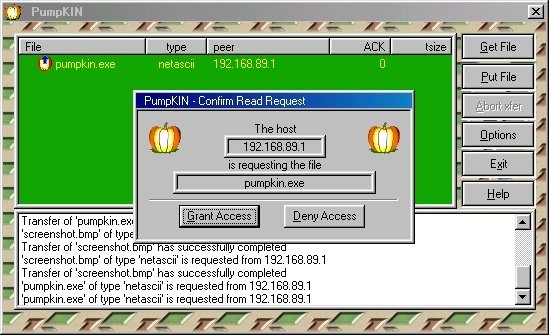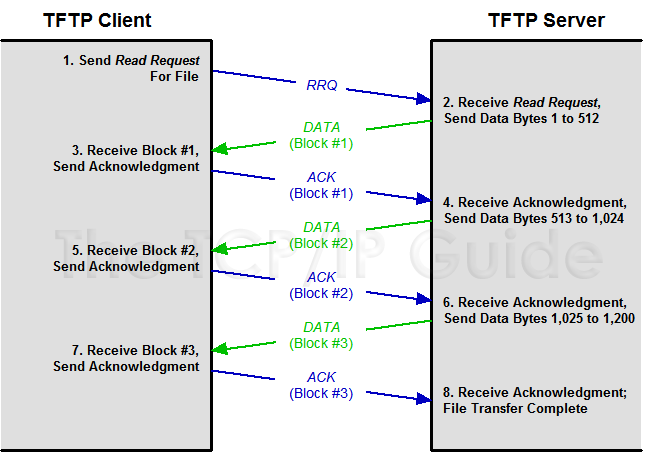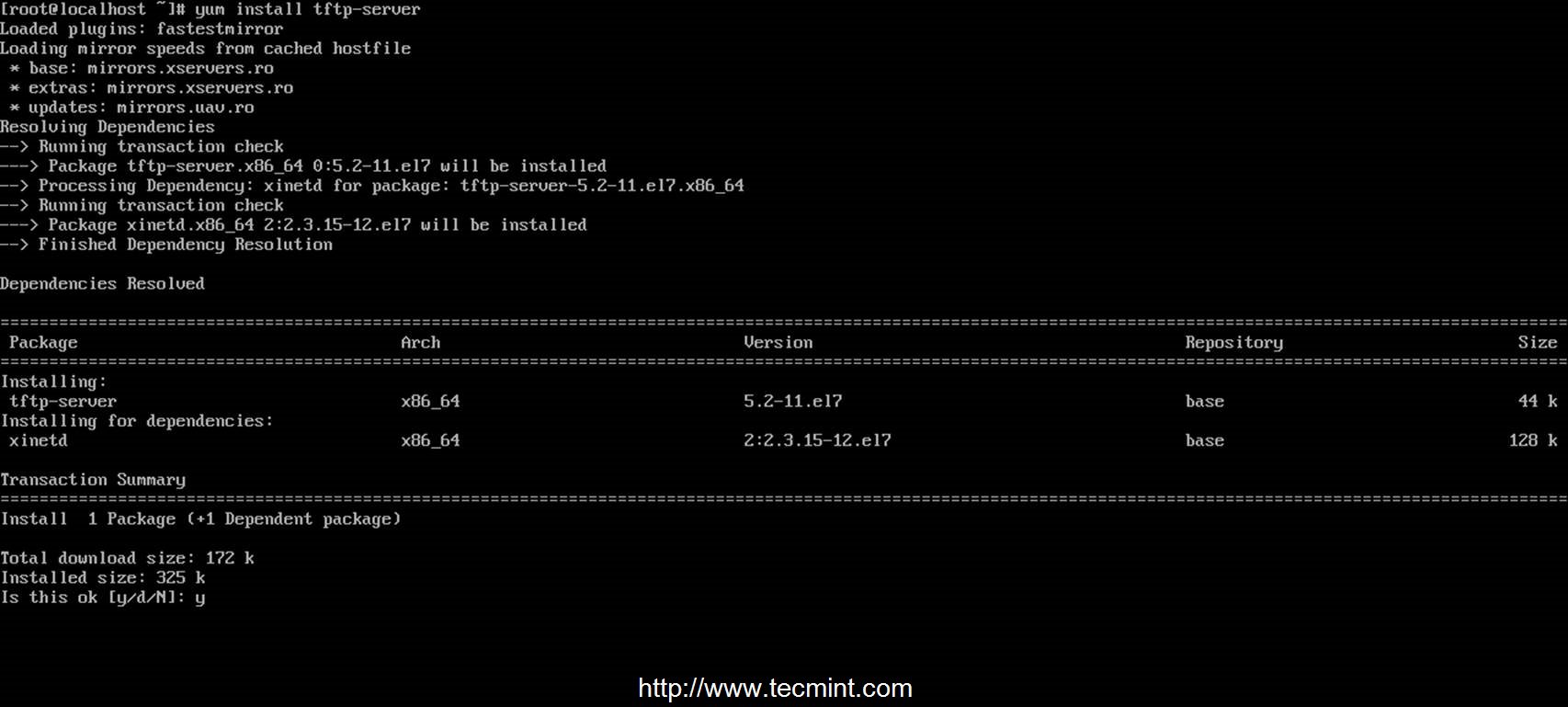
It uses UDP port 69 and can send or receive a file with a “maximum” size of 32MB’s. So in summary, TFTP Server is a mean to transfer file, used to send/receive file to/from network devices. But that will be the topic for another blog. The only difference is the TFTP Server must support RFC 2348 (TFTP Block Size Option). It is possible to transfer files larger than 32MB’s using TFTP. That might not make sense to some of you right now since you might have done some file transfers that are larger than 32MB’s. This is the reason why files transfer with size larger than 32MB’s often fail. So this means the largest file TFTP can send or receive is 65,536 x 512 = 33,554,432 bytes or 32MB’s. It is important to know that the Block # field is two byte long or 16 bits total which yield 65,536 block numbers (2^16). If it is exactly 512 bytes, then there is more data to follow otherwise, it is the last data packet and signals the end of the file transfer. The final configuration file should look as follows. So, I think the create option is very important.
WHAT IS A TFTP SERVER UPDATE
You will only be able to update existing files. The Data field ranges from 0 to 512 bytes in length. Now, I only want to change the TFTPDIRECTORY to /tftp and add the create option to the TFTPOPTIONS.Without the create option, you won’t be able to create or upload new files to the TFTP server. The OpCode signals the type of operation whether it is a read request or a write request… The Block # contains the block number or ACK number of the data packet being transmitted. The TFTP data packet has the following format: Per RFC 1350, a typical TFTP data payload has a minimum of 4 bytes and 516 max.



It doesn’t provide any kind of error handling capability so all the error handling has to be done at Layer 7 – the Application Layer. It uses UDP port 69 and runs on IP networks. TFTP was designed to be small, simple and easy to implement. It is typically used by network administrator to copy configuration file, log file and firmware to/from networking devices. As the name suggests, TFTP is a mechanism to tranfer files from one device to another. TFTP stands for Trivial File Transfer Protocol. In this blog, I’ll attempt to give you some highlights of what a TFTP Server is without going too deep into the technical details, how it operates and what you should know about it.


 0 kommentar(er)
0 kommentar(er)
